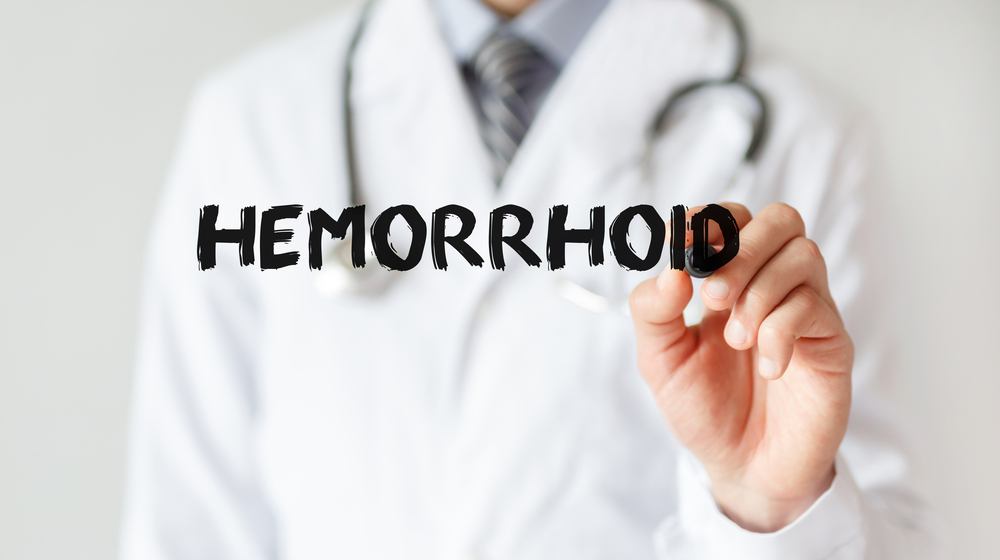Recognizing the Signs and Symptoms of Internal Hemorrhoids
Learn to identify the signs and symptoms of internal hemorrhoids. This guide covers causes, early symptoms like bleeding, and effective prevention strategies. Early diagnosis and lifestyle modifications are essential for managing this common condition, which often presents with mild symptoms like blood in stool and anal discomfort. Seek medical advice if symptoms persist for proper treatment and to prevent complications.

Internal hemorrhoids, known as piles, are swollen blood vessels located within the rectum. They are a common condition affecting many individuals in the US before age 50. Unlike external hemorrhoids, internal ones are less visible and may cause minimal discomfort, often going unnoticed. The primary symptom is bleeding during bowel movements, usually without pain. Factors contributing to hemorrhoids include genetics, stress, obesity, pregnancy, heavy lifting, constipation, and prolonged sitting. Symptoms can include bleeding, irritation, and discomfort, but early detection and lifestyle changes can help manage the condition effectively. Proper hydration, fiber-rich diet, regular exercise, and avoiding long periods of sitting are recommended preventive measures. Diagnosis typically involves a digital examination, and persistent symptoms should be evaluated by a healthcare professional to rule out other serious conditions.










